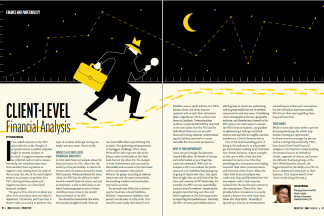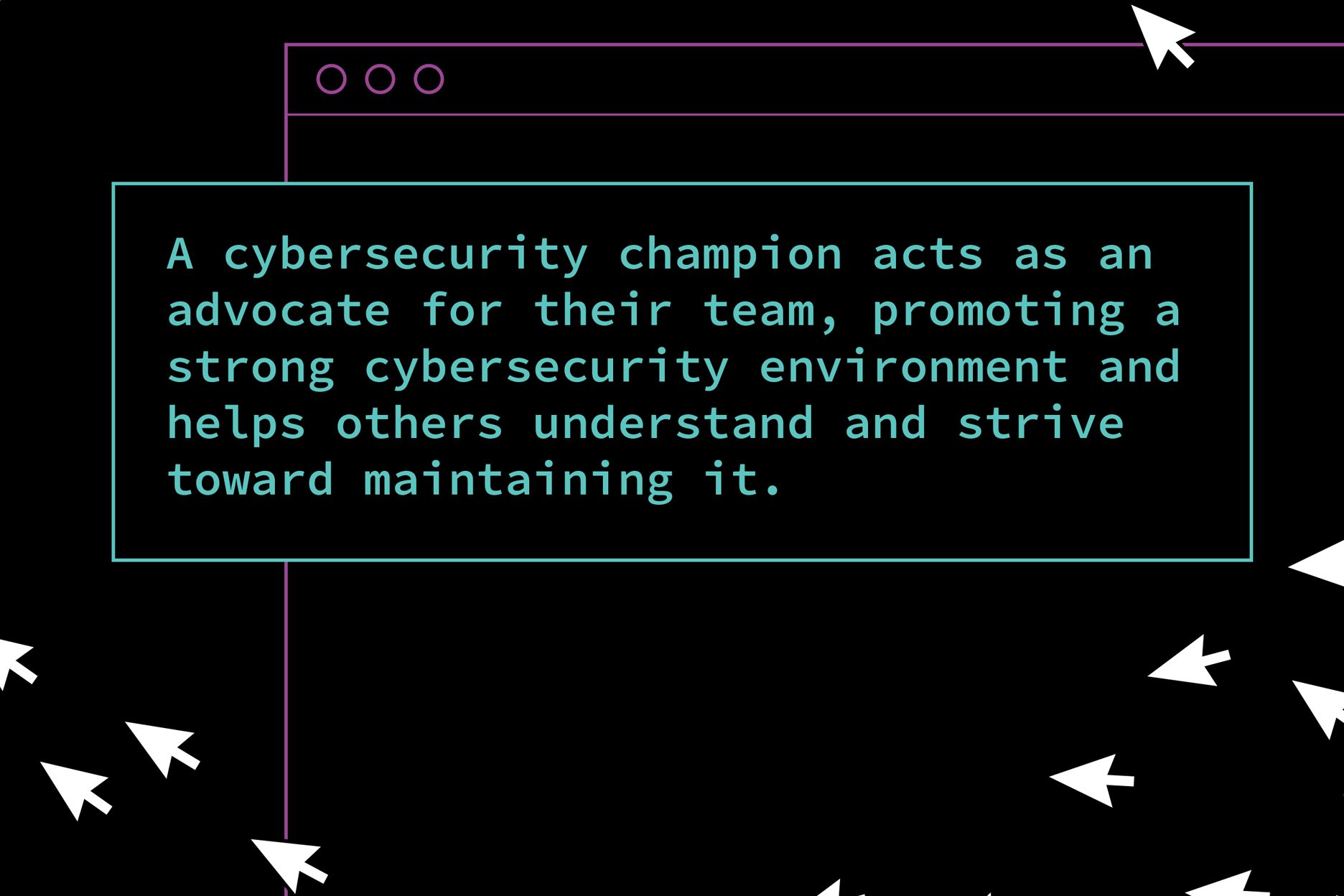In today’s fast-paced technology landscape, the buzz around artificial intelligence (AI) is louder than ever. For professional employer organizations, this surge of innovation presents both opportunity and challenge. It’s crucial to look beyond the hype and carefully evaluate how we can truly leverage AI’s transformative potential.
BE CAREFUL OF THE AI HYPE
Software companies are racing to create new AI-driven software or incorporate AI into their existing platforms, and marketers are moving at a similar speed to promote these enhancements. My inbox is brimming with emails from vendors and sales representatives promising revolutionary AI-powered features.
But what happens when we scratch the surface and look more closely at these features? Often, what they are selling is marketed to look like AI. However, many of these highly touted features are simple software automation or rules-based algorithms.
That’s not to deny that these features may offer value to PEOs. Rules-based automation can improve existing platforms and increase efficiencies where processes are predictable, structured, and repetitive. These features have a place within our platforms. But they are not deserving of the high price tag – or exaggerated marketing claims – that comes with being labeled an AI-driven product.
AI, with its complex algorithms and ability to process unstructured input, is worthy of our attention. Predictive analytics through machine learning, automated compliance checks or contract analysis with natural language processing, and data extraction through intelligent document processing are a sampling of ways that AI technologies can transform PEOs. The potential exists to reduce costs, drive innovation, and unlock new opportunities.
However, as technology and PEO leaders, we must be careful of the AI hype. We must discern which tools can deliver, identify when simple automation is effective, and strategically deploy AI rather than overuse it.
EVALUATE ETHICAL CONSIDERATIONS
Ethical considerations must remain at the forefront for PEO leaders as we evaluate the use of AI in our organizations and human resources. Two areas of concern are the potential discrimination in AI-driven recruitment and the protection of sensitive data.
AI offers the ability to speed up the process of identifying qualified candidates and reducing the time to hire with a more streamlined recruitment. But it also comes with the risk of unintentionally introducing bias into the process, as AI models are trained on historical data that may discriminate based on gender, race, age, or disabilities.
Strong candidates may be eliminated by AI that relies too heavily on matching specific keywords, struggles to evaluate soft skills, or filters resumes on rigid criteria. Candidates with gaps in hiring due to career breaks or nontraditional career paths may also be penalized.
Whether AI is utilized in recruiting or as part of other HR processes, these tools are accessing sensitive candidate and employee data. It’s incumbent upon us to choose privacy-focused AI tools that are transparent about how data is stored and analyzed beyond its intended purpose.
Implementing diverse training datasets and regularly auditing hiring algorithms can help minimize risk when using AI in talent acquisition. It’s also important to ensure that AI systems comply with anti-discrimination and data protection laws such as HIPAA, California Consumer Privacy Act (CCPA), and Equal Employment Opportunity Commission (EEOC) requirements. While evaluating vendors for compliance is necessary, we must also take an active role in auditing any adopted AI platforms to safeguard our organizations and clients against potential risks.
ELEVATE THE CLIENT EXPERIENCE
Once we move beyond the hype and address the ethical complexities, PEO leaders can begin to drive meaningful change with AI’s abilities. One of the most impactful changes is elevating the customer success team and transforming its role with clients.
Customer success teams often focus on the moment and what the client needs to solve its current problems. That may be a password reset or help performing a routine task in the system.
With AI powering chatbots, improving self-service capabilities, and streamlining other core functions, our customer success teams can transition from transactional support to strategic partners. They can anticipate clients’ needs and advise them proactively. As a product coach, they can drive adoption of more advanced features that provide significant value to the client.
By regularly accessing key metrics and insights within the platform, customer success teams can guide conversations with their clients to focus on strategies that drive their businesses forward. This elevated client experience will be available to clients of all sizes and lead to improved client satisfaction and retention.
As PEO leaders, our role is to navigate the evolving AI landscape with both discernment and vision, ultimately positioning our organizations to unlock meaningful efficiencies and strategic growth. Embracing AI thoughtfully—not blindly—will enable us to deliver enhanced value to our clients, safeguard employee trust, and lead our industry into a smarter, more innovative future.
-
SHARE
- Copy to clipboard



